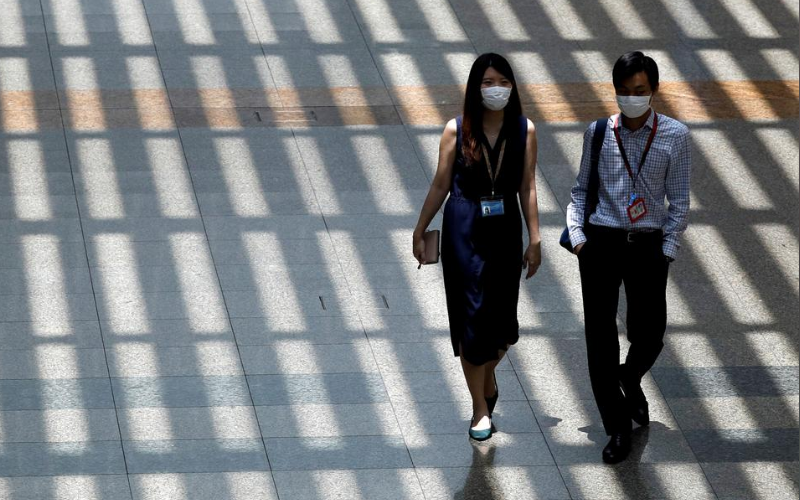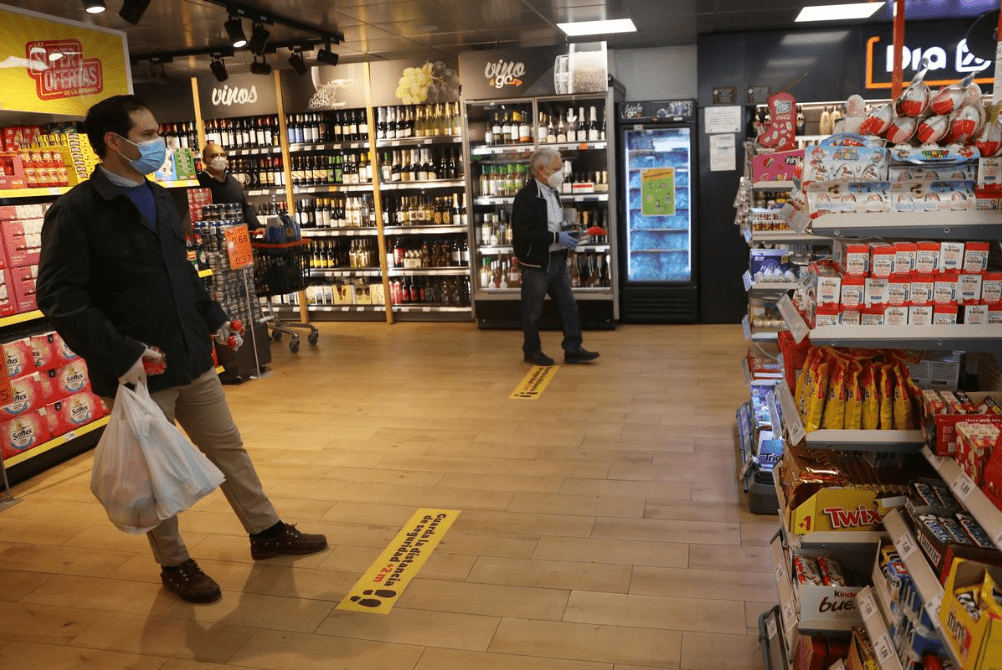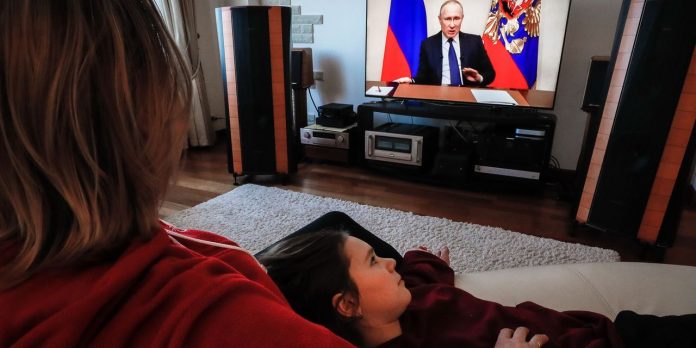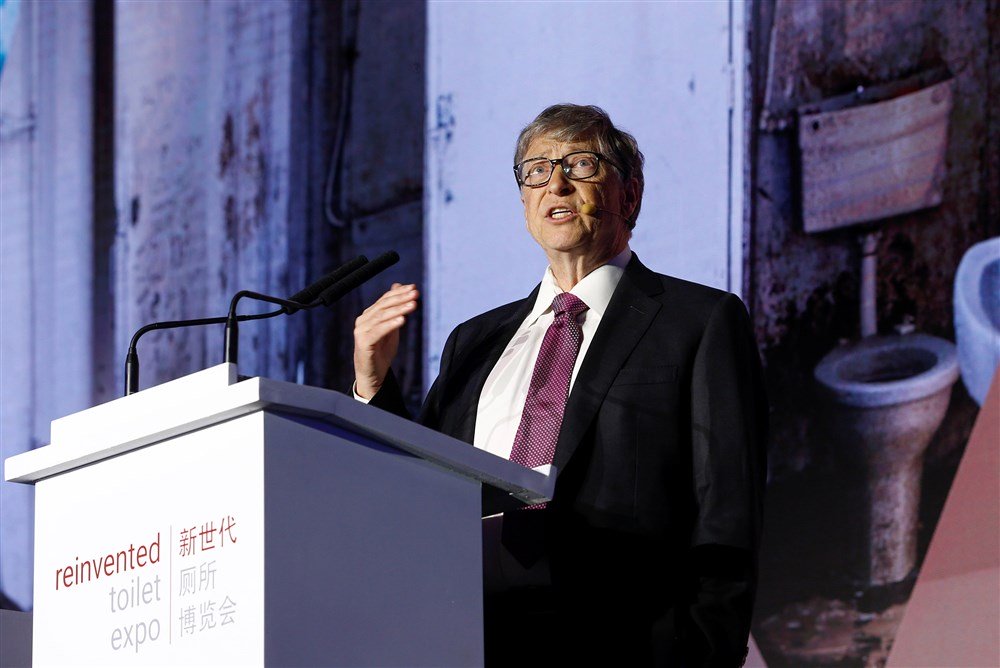WORLD NEWS
China Seizes A U.S. Navy Unmanned Underwater Drone

China said Saturday that its military seized a U.S. Navy unmanned underwater glider in the South China Sea to ensure the “safe navigation of passing ships,” in one of the most serious incidents between the two militaries in years.
The Chinese navy on Thursday seized the drone, which the Pentagon said was being operated by civilian contractors to conduct oceanic research. The U.S. said it issued a formal diplomatic complaint over the seizure and demanded the drone’s return.
Chinese Defense Ministry spokesman Yang Yujun issued a statement late Saturday saying that a Chinese navy lifeboat discovered an unknown device in the South China Sea on Thursday. “In order to prevent this device from posing a danger to the safe navigation of passing ships and personnel, the Chinese lifeboat adopted a professional and responsible attitude in investigating and verifying the device,” Yang said.
The statement said that after verifying that the device was an American unmanned submerged device, “China decided to transfer it to the U.S. through appropriate means.”
The statement also accused the U.S. of long deploying ships “in China’s presence” to conduct “military surveying.”
“China is resolutely opposed to this and requests the U.S. stop such activities,” it said. “China will continue to maintain vigilance against the relevant U.S. activities and will take necessary measures to deal with them.”
Earlier Saturday, China’s foreign ministry said the country’s military was in contact with its American counterparts on “appropriately handling” the incident, though it offered no details on what discussions were underway.
The drone was seized while collecting unclassified scientific data about 92 kilometers (57 miles) northwest of Subic Bay near the Philippines in the South China Sea, which China claims virtually in its entirety, Navy Capt. Jeff Davis, a Pentagon spokesman, said Friday.
“It is ours. It’s clearly marked as ours. We would like it back, and we would like this not to happen again,” Davis told reporters. He said the drone costs about $150,000 and is largely commercial, off-the-shelf technology.
The USNS Bowditch, which is not a combat ship, was stopped in international waters Thursday afternoon and recovering two of the gliders when the Chinese ship approached, Davis said. The two vessels were within about 450 meters (500 yards) of each other. He said that the USNS Bowditch carries some small arms, but that no shots were fired.
According to the Pentagon, as the Chinese ship left with the drone, which is about 3 meters (10 feet) long, its only radio response to the U.S. vessel was, “We are returning to normal operations.”
President-elect Donald Trump blasted the seizure. Apparently misspelling “unprecedented,” he tweeted Saturday: “China steals United States Navy research drone in international waters – rips it out of water and takes it to China in unpresidented act.”
He later reissued the tweet, correcting the spelling to “unprecedented.”
Last weekend, Trump was criticized on social media for bad spelling in a tweet in which he accused CNN of reporting “rediculous” fake news. Hours later, he put out a fresh tweet correcting the spelling to “ridiculous.”
Bonnie Glaser, senior adviser for Asia at the Center for Strategic and International Studies, said the seizure of the glider occurred inside the exclusive economic zone of the Philippines, not China, and appeared to be a violation of international law.
China delineates its South China Sea claims with a roughly drawn sea border known as the “nine-dash line” that runs along the west coast of the Philippines. However, it hasn’t explicitly said whether it considers those waters as sovereign territory, and says it doesn’t disrupt the passage of other nations’ shipping through the area. The U.S. doesn’t take a position on sovereignty claims, but insists on freedom of navigation, including the right of its naval vessels to conduct training and other operations in the sea.
Davis said that the incident could be the first time in recent history that China has taken a U.S. naval vessel. Some observers have called it the most significant dispute between the sides’ militaries since the April 2001 mid-air collision between a U.S. Navy surveillance aircraft and a Chinese fighter jet about 110 kilometers (70 miles) from China’s Hainan island that led to the death of a Chinese pilot.
Whatever the outcome, the incident is likely to fray the already tense relations between U.S. and China. Beijing was angered by Trump’s decision to talk by phone with Taiwanese President Tsai Ing-wen on Dec. 2, and by his later comments that he did not feel “bound by a one-China policy” regarding the status of Taiwan, unless the U.S. could gain trade or other benefits from China. China considers the self-governing island its own territory to be recovered by force if it deems necessary.
There also have been increased tensions over Beijing’s ongoing military buildup in the South China Sea, mainly the development and militarization of man-made shoals and islands aimed at extending China’s reach in the strategically vital area, through which about $5 trillion in global trade passes annually.
In one of the few reports in state media about the drone’s seizure, a newspaper published by China’s ruling Communist Party cited an unidentified military official as saying that a “smooth resolution” to the matter is expected.
A Chinese navy ship discovered an “unidentified device” Thursday and was checking on it for the sake of maritime safety, the Global Times quoted the official as saying.
“China has received the U.S. request to return the device, communication is open between the relevant departments of the two sides and I believe this matter will obtain a smooth resolution,” the official was quoted as saying.
In a separate report, the paper quoted retired Chinese admiral Yang Yi as saying China considered itself well within its rights to seize the drone.
“If China needs to take it, we’ll take it. (America) can’t block us,” Yang was quoted as saying.
Yang said he was unsure of the purpose of seizing the drone, but didn’t think the matter qualified as a “military conflict.” However, he added that the chances of a confrontation had risen following Trump’s recent comments, which were seen as testing China’s bottom line on Taiwan and other sensitive issues.
“It’s natural for us to take possession of and research for a bit these types of things that America sends to our doorstep,” Yang said. “The louder they shout, the more their protests ring hollow.”
Source: ABC News
WORLD NEWS
Singapore Reports 931 New Coronavirus Cases, Taking Total To 13,624

Singapore registered 931 new coronavirus infections, its health ministry said on Sunday, taking the city-state’s total number of COVID-19 cases to 13,624.
The vast majority of the new cases are migrant workers living in dormitories, the health ministry said in the statement. Fifteen of the new cases are permanent residents.
The number of new cases rose from 618 reported on Saturday.
The tiny country of 5.7 million people now has one of the highest infection rates in Asia, according to official figures, due to outbreaks in cramped dormitories housing over 300,000 mainly South Asian workers.
Sourced From: Reuters: World News
WORLD NEWS
Spain’s Kids Prepare For Freedom After Six-Week Lockdown

Spain released guidelines on Saturday allowing children to go outside after six weeks living under one of Europe’s strictest lockdowns, as figures showed a daily coronavirus death toll of 378, up slightly on Friday’s 367, the lowest in the past month.
The total of fatalities rose to 22,902 and Spain’s Health Ministry said the overall number of coronavirus cases rose to 223,759 from 219,764 the day before.
Yet Spain sees enough evidence of the virus being under control to start easing its lockdown. Children were trying out their masks in anticipation of their first taste of fresh air since Prime Minister Pedro Sanchez declared a state of emergency on March 14.
The government said under 14s will from Sunday be allowed up to one hour of supervised outdoor activity per day between 9am and 9pm, staying within one kilometre of their home.
Adults can accompany up to three children, who will not be allowed to use playparks and must adhere to social distancing guidelines, remaining at least two metres from other people.
The government has not yet said when confinement measures will be eased for older children.
In Pineda de Mar, northeast Spain, volunteer seamstresses were hard at work making face masks for children ahead of the deconfinement measure.
“More than 100 people are making protective equipment,” the town’s mayor Xavier Amor told Reuters. “We started with masks and then we followed the demand of hospitals, health centres, and nursing homes.”
As bars and restaurants eye a gradual reopening one company is devising safety measures to encourage wary clients to return.
Leganes-based LlenaTuBar, whose name translates as fill up your bar, is fitting dining tables with clear plastic screens to protect customers and installing thermal cameras to detect any patrons with a fever.
“It’s a critical situation for the hospitality sector and if we’re locked down much longer, people will struggle to reopen their businesses,” owner Manuel Gil told Reuters.
As the economic fallout from the virus continues to build, Prime Minister Pedro Sanchez reiterated calls for a pan-European response.
“The depth of the economic downturn and the risk that its effects will persist after the health emergency requires that a foundation be laid for a rapid, balanced, environmentally sustainable and socially just recovery,” Sanchez wrote in a piece for newspaper Expansion on Saturday.
The Health Ministry on Friday changed the methodology for logging cases of the virus. It will no longer count antibody tests and will only include positive results from PCR tests.
Discounting antibody tests puts Saturday’s total number of cases at 205,905 and Friday’s at 202,990.
Sourced From: Reuters: World News
WORLD NEWS
Putin Exploits Coronavirus To Justify Centralized Russian Power

MOSCOW —The coronavirus pandemic has given Russian President Vladimir Putin a fresh opportunity to drive home for worried Russians a recurring theme of his long reign: Western liberal democracies are weak, globalism is fragile and the Russian model of centralizing power in a strong leader is superior in times of crisis.
Throughout much of the pandemic, the Kremlin leader has sought to project strength and calm, assuring his people that the spread of the new coronavirus is under control in Russia, even as it has killed 14,000 and likely more.
Sourced From: NewsPrime.Org
Tribune
Bill Gates Spends $200m On Toilet Turning Human Waste To Fertilizer

Microsoft co-founder Bill Gates unveiled a futuristic toilet Tuesday that doesn’t need water or sewers and uses chemicals to turn human waste into fertilizer.
It is the brainchild of research projects funded by the Bill and Melinda Gates Foundation, the world’s biggest private philanthropy organization.
There are multiple designs of the toilet but all work by separating liquid and solid waste, Reuters said.
“The current toilet simply sends the waste away in the water, whereas these toilets don’t have the sewer,” Gates said. “They take both the liquids and solids and do chemical work on it, including burning it in most cases.”
He compared the change from traditional toilets to waterless models as similar to development in computing around the time he founded Microsoft in the mid-1970s.
“In the way that a personal computer is sort of self-contained, not a gigantic thing, we can do this chemical processing at the household level,” he said.
Poor sanitation kills half a million children under the age of five annually and costs $ 200 billion a year in healthcare costs and lost income worldwide, according to the foundation.
Gates’ foundation has committed roughly $ 200 million to the toilet project and expects to spend the same amount again before the toilets are viable for widespread distribution.
During a speech at an event in Beijing, Gates held up a clear jar of human faeces to illustrate the importance of improving sanitation.
“It’s a good reminder that in (the jar) there could be 200 trillion rotavirus cells, 20 billion Shigella bacteria, and 100,000 parasitic worm eggs,” he said.
Gates said the next step for the project is to pitch the concept to manufacturers, saying he expects the market for the toilets to be over $ 6 billion by 2030.
The billionaire also lauded the globalized and free trade systems that made the toilet technology possible.
“I honestly believe trade allows every country to do what it’s best at,” he told Reuters in an interview. “So when I talk about components of this toilet being made in China, others in Thailand, others in the United States, you really want to be bringing together all of that IQ so that you’re getting that combination.”
Sourced From: Tribune














